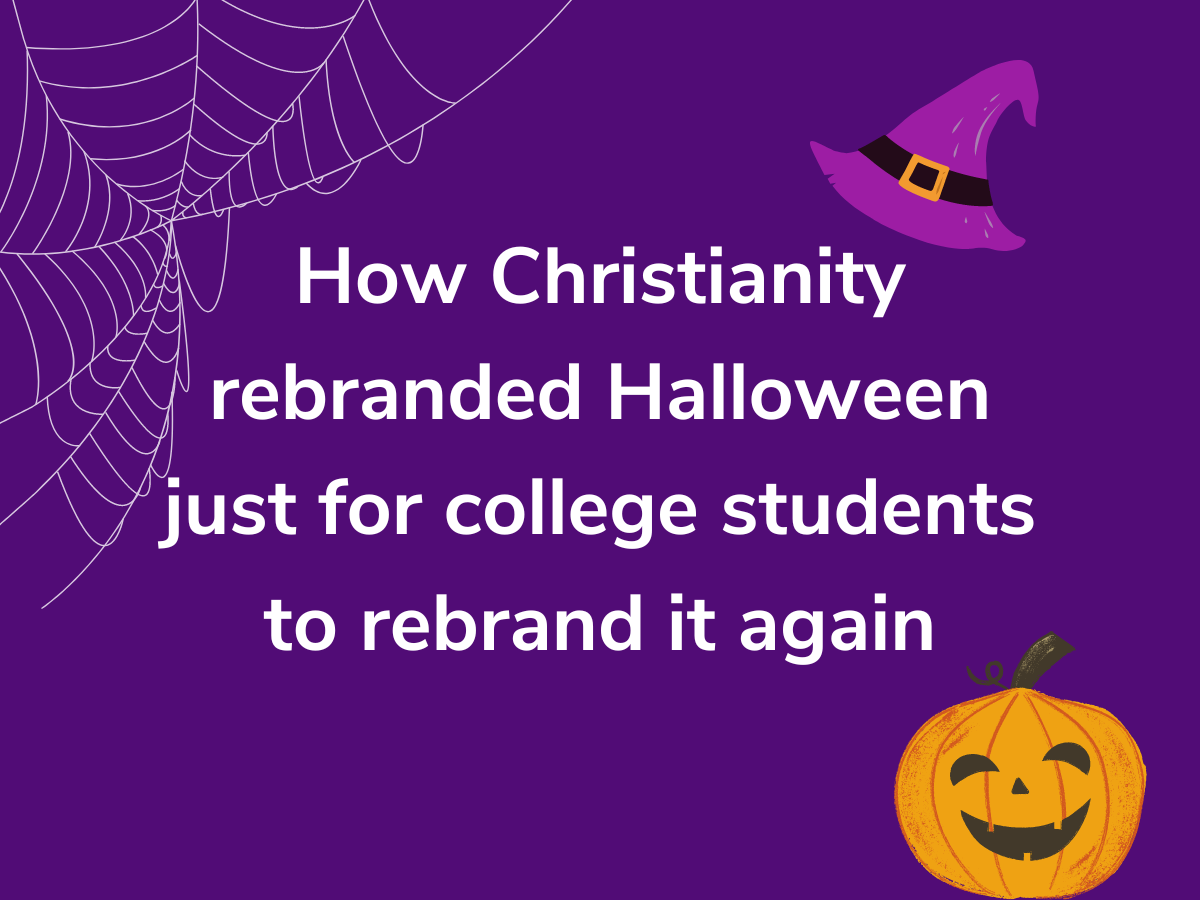It is easy to believe Halloween was created as a way to unapologetically eat two bags of pumpkin-shaped chocolate candy and drink orange-flavored beverages. However, Halloween has an even richer history than the pounds of chocolate consumed every Halloween season.
To truly grasp the history of Halloween, I enlisted the help of St. Thomas theology professor Cara Anthony.
Halloween dates back nearly 2,000 years ago and was previously known as an ancient Celtic holiday festival called Samhain. Samhain celebrated the summer season ending and the beginning of the winter season.
The three-day pagan festival was a night of bonfires, fairies, sacrifices and the dead allegedly galavanting on Earth. Historian Nicholas Rodgers, author of “Halloween: From Pagan Ritual to Party Night,” described it as a “time of stock-taking and perhaps sacrifice.”
There were other aspects of the rituals that are connected to the way we celebrate Halloween today. For example, some believed the origin of costumes was that people would wear them to blend in with the demons inhabiting Earth during Samhain.
That’s ironic when we fast forward to this day and age, dressing up in a costume is a staple of childhood and becoming that superhero on your wall is a high point of Halloween night.
However, more recently Halloween has become a Christian holiday instituted by the Christian church in Europe. Halloween is short for All Hallows Eve, the night before the feast of All Saints, so you are essentially talking about a holy day instituted by the Christian church in Europe rather than a night of candy and costumes.
By Christians taking over the holiday, it somewhat stole the pagan celebration away from its original structure. If there is a feast day that the pagans enjoy celebrating, do not take it away from them altogether.
Christianity brought on more changes by dedicating the celebration to the feast of All Saints– the beloved dead. The ideas from Christianity of our beloved deceased are all one in God with us.
We are all one family; they are not evil demons. They are part of our family. Those two ideas melded together and gave the world “the feast of All Saints” on Nov. 1 and All Hallows Eve on Oct. 31.
Most of us college students don’t know anything about the history of Halloween, but we do know that holidays take the edge off. The opportunity to pull away from being a student with five papers, three projects and a presentation due on the same day is amazing as we let Halloween weekend bring our inner ten-year-old joy out for the weekend.
As you age, the opportunities to be silly dwindle by the day. Nobody understands that more than a 21-year-old college senior getting ready for adulthood like myself.
Halloween is a great time to spend with friends, especially with the freedom that the newfound age has promised us–the ability to stay out past dark.
With Halloween being on a Monday this year, it is an elastic draw back to the real world for a college student–back to the homework people have been pushing off–but with the memory of the tremendous celebration they got to take part in over the weekend.
Nkechukwu Akpati can be reached at akpa2917@stthomas.edu.

